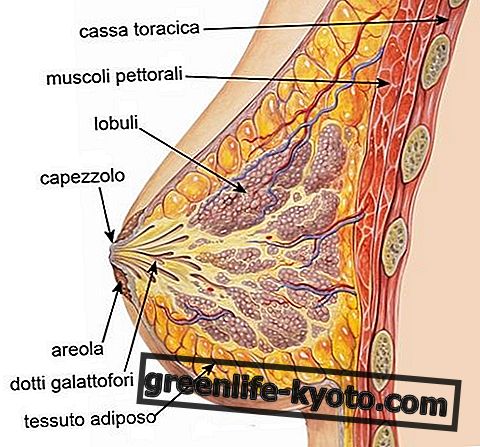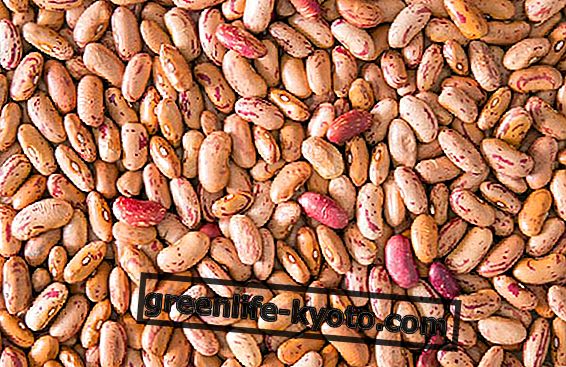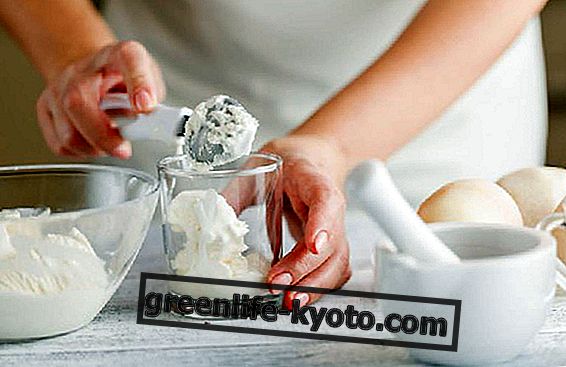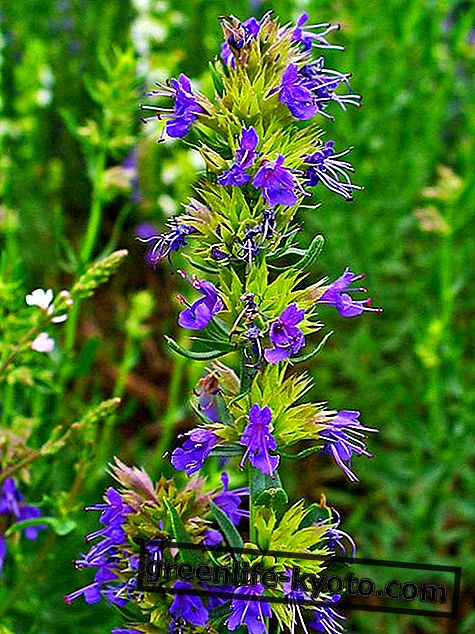
Japan green mon amour
Japan shows us completely original forms and ideas, traditions of a millenary culture that fascinates, transporting us to distant worlds, intriguing and surprising us.
If you want to make or make you a unique gift, or if you are simply passionate about the "green" innovations coming from Japan and want to know more, you just need to continue reading.
After the suspended moss balls of the Kokedama, we are presenting you today the art of floating bonsai, the air bonsai garden, a singular, dreamlike, elegant and magical art at the same time.
The history of the air bonsai garden
The bonsai aerial garden, the air bonsai garden, was born and launched on the market in 2016 by the start-up Hoshinchu, which makes itself known thanks to Kickstarter and in a few months gets numerous prizes and awards, recording a full house in production.
The idea of the air boonsai garden has in fact received a fantastic welcome in all parts of the world and combines the experience of Japanese bonsai art with the skill of local artisans in creating absolutely unique artifacts.
Lava, musk and "energetic" porcelain are the basis of this dreamlike and floating creation with the magic name "Little star", small star. A special magnetic device does the rest: it is a magnetic base connected to an electrical socket that repels the lava stone, the base of the bonsai, covered with moss.
Here is the Youtube channel dedicated to the Air Bonsai Garden.
Special lava and porcelain
The seedling that will become the floating bonsai can be chosen among the various species but the porcelain of the jar that activates the whole and the lava stone are of special origin .
Telling a bit about local craftsmanship, it can be said that Arita is a small town in southwestern Japan well known for its production of special Korean-influenced ceramics, known as Imari-yaki or Arita-yaki.
The processing of this ceramic dates back more than 400 years and is particularly characterized by the delicacy of the colors and the enamels, the white surface and the resistance and durability of the artefacts.
The lava and pumice stone at the base of the bonsai seedling come instead from the active and constantly monitored volcano of Sakurajima, in the prefecture of Kagoshima, inside the beautiful natural park of Kirishima-Yaku, destination of many tourists and forest lovers -bathing.
And the moss? Also in this case a special moss is used, coming from a prefecture in the northeast of Japan, processed with a unique technique that ensures the permanence of the green color even in the absence of soil. You will have wondered at this point how much an air bonsai costs: you know, what is made in Japan is not cheap, and, even in this case, the costs of an air bonsai are around 230/250 euros.













